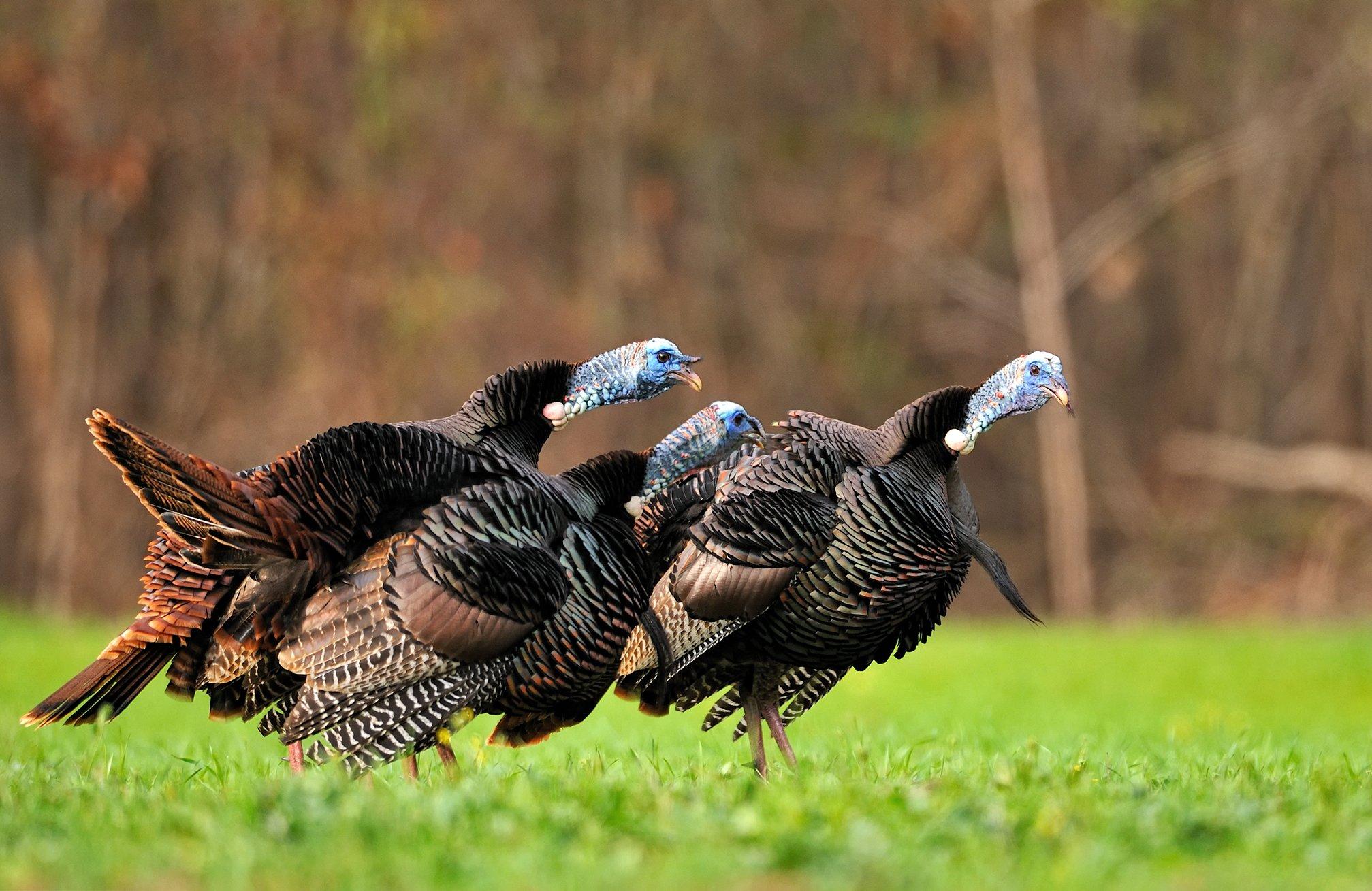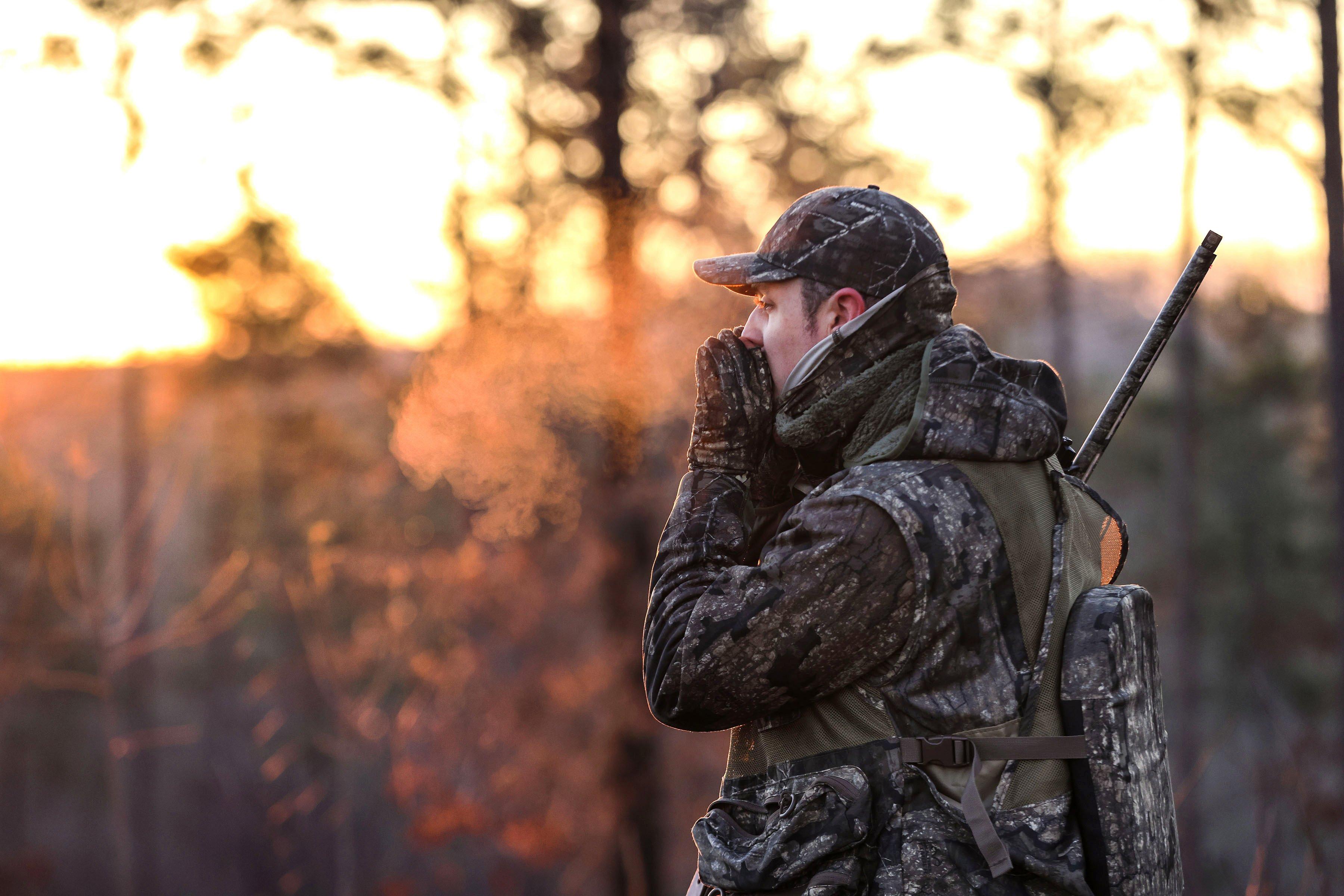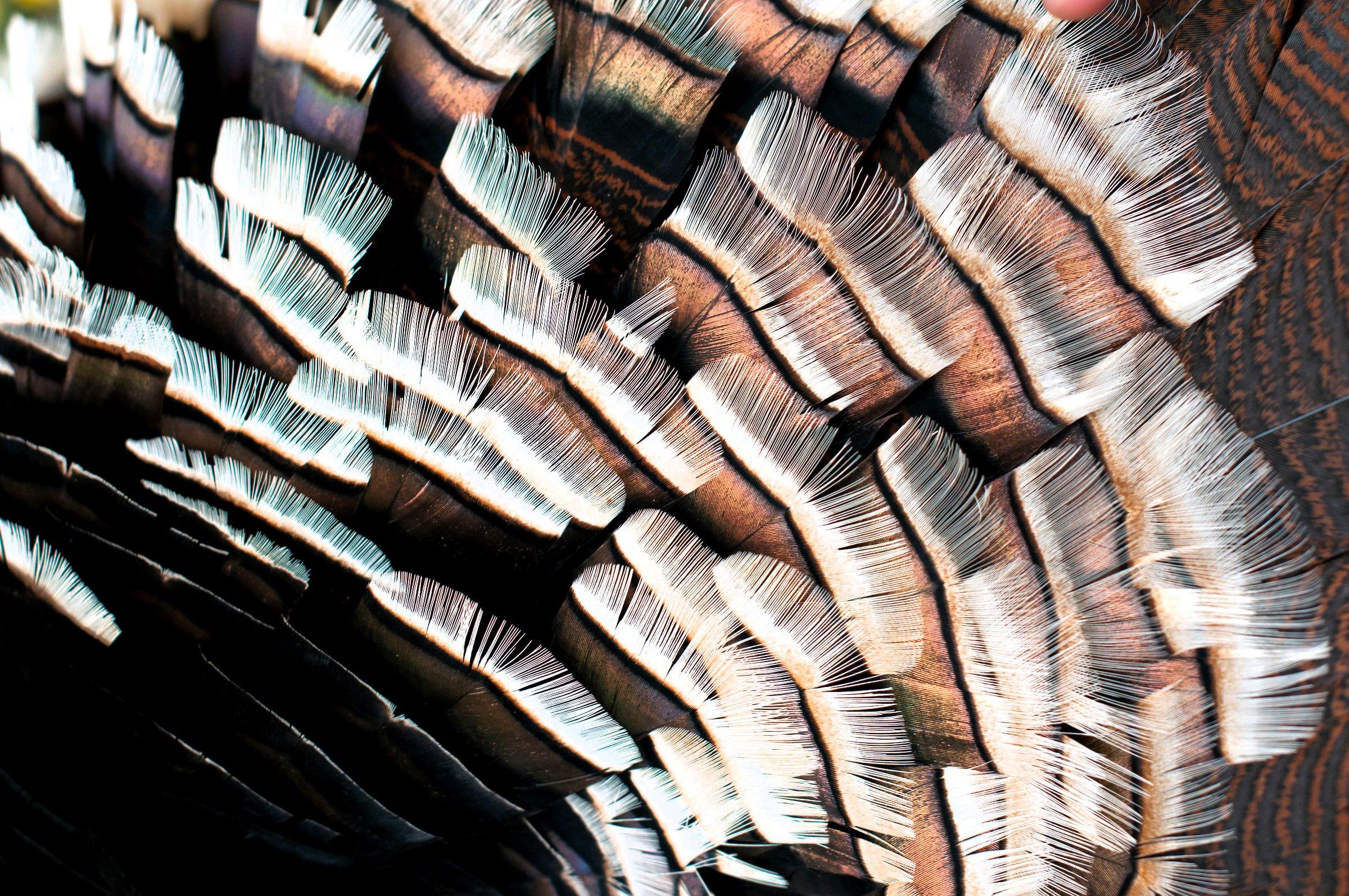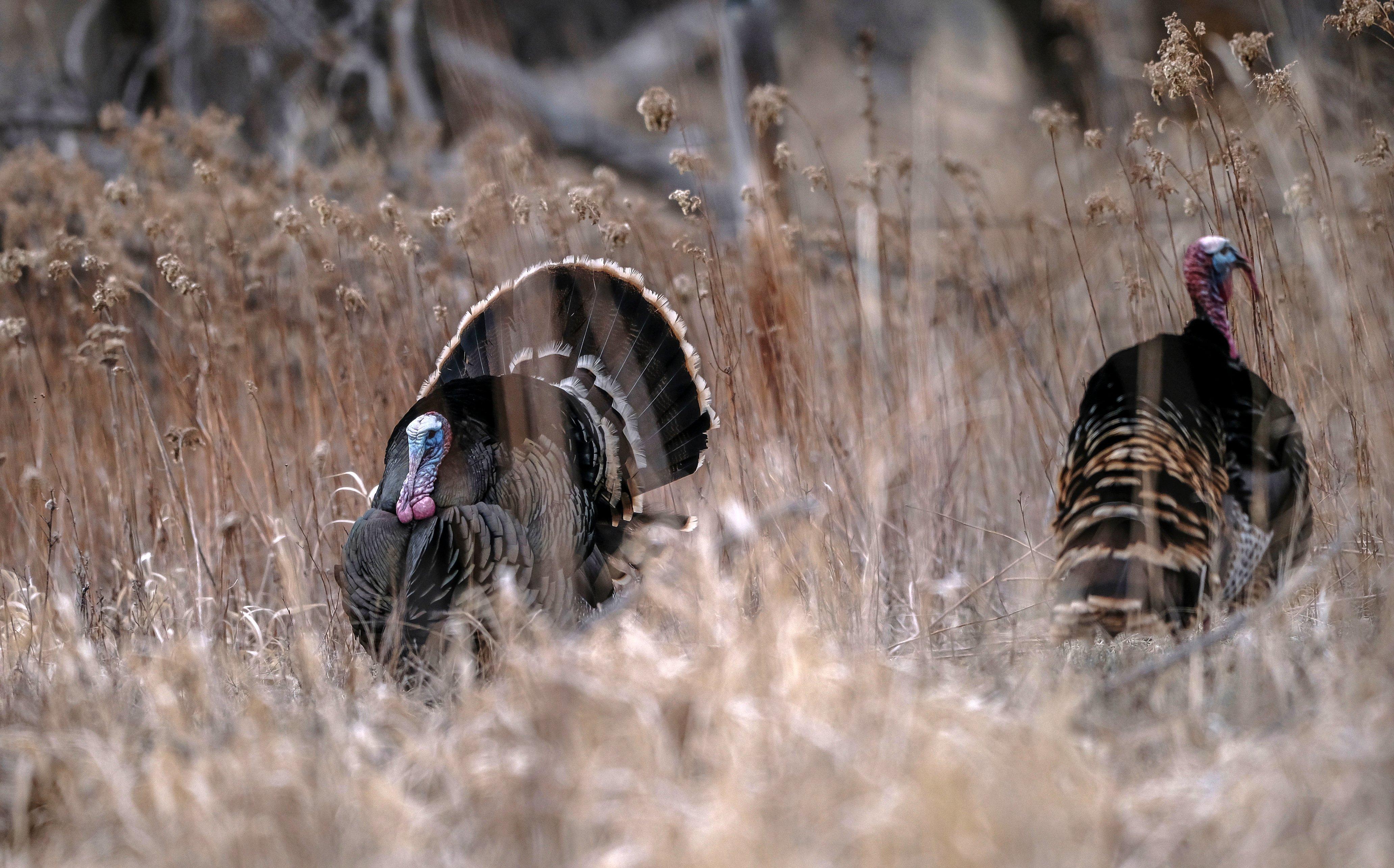Traveling turkey hunters who want to try somewhere besides the perennial favorite destinations can check these under-the-radar spots that don’t get much hype, but do offer darn good hunting

States east of the Mississippi River see tremendous turkey hunting pressure, but innovative hunters can find relatively untouched hotspots. Photo by Tes Randle Jolly
The Internet and social media have pretty much erased the notion of secret turkey hunting spots and sleeper areas. Yet every spring, it seems like popular destinations get all the love while some lower-profile states continue to produce quality hunting under the radar.
Of course, you can probably avoid crowds and find good turkey action in any state if you dig hard enough, and put in sufficient time and effort. But if you’re looking for a head start, consider these six sleeper states. They might not have the flash of Missouri, Texas, and Florida, but they’re worthy of a drive or flight this spring.
Editor’s Note: Articles about public hunting are always popular with Realtree.com readers, but we’re public-land hunters, too, and we recognize that technology has made it more difficult than ever to keep a great hunting spot secret. Though this story on sleeper states for turkey hunting has been very popular, we’ve also had a few readers upset that we highlighted their local honey holes. We hear you, and have made some edits to this piece to trim out specific mentions of some public tracts. The information is still out there and easy to find for anyone who wants to do the research, but we’ve decided that with a platform of our size, it’s best not to share all the secrets. — Team Realtree
CONNECTICUT
At 5,543 square miles, Connecticut is the country’s third smallest state. It also borders New York, a longtime turkey hunting titan, and so it might be somewhat of an afterthought to hunters who flood the Northeast during late May. Even the numbers don’t seem impressive, as Nutmeg State hunters took 1,279 turkeys during Spring 2023.
But here’s the secret: Veteran turkey hunters will tell you that Connecticut is pretty good, albeit on a small scale. The state has a long season (April 24 through May 25 in 2024) and a five-bird limit. (That doesn’t mean you will kill five gobblers or should even consider that possibility. It simply suggests that there’s abundant opportunity to continue hunting even if you get lucky early.)
Further, turkey numbers remain solid in Connecticut — about 30,000 to 35,000, according to the latest National Wild Turkey Federation estimate, and prospects for Spring 2024 look good.
“We’d expect a level of consistency with 2023,” said Will Cassidy, wild turkey and small-game program biologist with the Connecticut Department of Energy and Environmental Protection. “Marginal spring weather conditions and, subsequently brood numbers, don’t show any significant growth in the population, [although the] fall harvest declined.”
Public-land hunters also have room to roam with more than 61,412 acres available, especially on state forest land. If you plan to hunt private land, you’ll need an official signed written consent landowner form, which is available online.
“In Connecticut, locate areas that are away from major roads, and be willing to hike into areas where less hunters are likely to be encountered,” said Michael Gregonis, a certified wildlife biologist with the CDEEP. “Connecticut public lands get significant turkey hunting pressure, so it’s best to get away from the crowds.”
Don’t Miss: 10 Old-School Turkey Hunting Tips
NORTH CAROLINA
Maybe North Carolina gets lost in the shuffle with other famous Southeastern turkey states. It shouldn’t. With an estimated turkey population of about 270,000 birds and loads of public land, the Tar Heel State deserves attention from serious spring geeks.
“North Carolina has turkeys in every county of the state, several million acres of public game lands, and a well-timed hunting season that offers great opportunity for hunters to get afield for turkeys,” said Hannah Plumpton, upland game-bird biologist with the North Carolina Wildlife Resources Commission. “The results from our 2022 summer observation survey were similar to our 10-year average. This combined with the continued high harvest numbers suggest that the statewide turkey population remains stable.”
North Carolina’s total 2023 turkey harvest was 24,089. Surveys and harvest monitoring indicate the eastern part of the state has the best turkey populations.
“That’s not to say that good hunting doesn’t exist in the piedmont and mountain regions, but in general, those regions have not been as productive in recent years,” Plumpton said.
The state has more than 2 million acres of public hunting available through state game lands, national forests, and wildlife refuges.
“Hunters may want to check out the special opportunities for turkey hunting on some game lands that’s only available through a permit system,” Plumpton said. “The deadline to apply for permits is March 1.”

Late May can produce fantastic turkey hunting opportunities in the northern part of the country. Photo by Realtree
MINNESOTA
I’m not sure why Minnesota seemingly gets lost in the late-season popularity contest. Maybe it’s because other nearby states offer more tags. Whatever the reason, that’s faulty thinking. Having hunted the Gopher State on and off since the late 1990s, I can attest that it’s a first-class turkey spot. Further, the season — broken into six time periods — runs through May 31, and tags are essentially available over the counter.
“In general, things look great for spring turkey season throughout Minnesota this upcoming hunting season,” said Nate Huck, resident game-bird specialist for the Minnesota Department of Natural Resources. “Minnesota had great production in 2023 with the relatively dry spring, so there will be lots of jakes around. The population has been doing well, and there are plenty of 2-plus-year-old birds around as well. Generally, central Minnesota is the brightest spot in the state, and those birds continue to increase in number. We’ve heard that areas in northwestern Minnesota and southeastern Minnesota have come down from the recent highs, but those areas were bolstered by the good reproduction we had in 2023.
Minnesota hunters took 13,659 turkeys in 2023, which was the second-highest total in history. If that seems low compared to other Midwestern hotspots, consider that Minnesota is a one-turkey state. But that’s not a negative. In my experience, the lower limit contributes to quality hunting throughout the season.
“Our first two seasons are very popular, but later seasons can still have good turkey activity and come with the bonus of reduced hunter numbers and, often, better weather,” said Leslie McInenly, wildlife populations program manager with the Minnesota DNR.
Don’t Miss: The Best 12-Gauge Turkey Loads of 2024
WYOMING
Like Minnesota, Wyoming might suffer from an identity crisis because of better-known turkey hunting neighbors. And that’s too bad, because it’s a top-shelf destination, featuring Merriam’s, Rio Grandes, and some hybrids.
Annually, only about 7,500 turkey hunters hit the woods each spring, and typical nonresident hunter success is about 70% in many areas. Overall, Cowboy State hunters took about 3,150 birds in 2023.
“Converse, Natrona, Johnson, and Sheridan counties are doing well, but public land hunting opportunities there take some homework,” said Joe Sandrini, wildlife biologist with the Wyoming Game and Fish Department. “The Black Hills have most of the public land opportunity, but hunter numbers have increased substantially the past couple of years.”
Although the state opens relatively early — April 20 for most hunts in 2024 — later is often better in Wyoming.
“If you’re traveling from out of state, mid-May is a good time to plan your trip,” Sandrini said. “The weather is more predictable, access is better due to forest road conditions, and if the nesting chronology is normal, most hens are on the nest about May 5 through 20.”
And if you hunt the northeastern portion of the state, you might have the chance to border-hop into Montana and South Dakota, with a chance to take a Merriam’s gobbler in each.

Western turkey road trips offer pure adventure, not to mention hard-gobbling turkeys in scenic vistas. Photo by John Hafner
IDAHO
Some folks get caught up in the quest for pure examples of turkey subspecies. Many others, however, have no problems chasing “dirty birds” — hybrids of two or more varieties. They simply enjoy the challenge of a gobbling turkey. If you fit that mold, Idaho is probably for you.
“Due to mixing, and trapping and translocation efforts statewide, there are likely no pure subspecies in Idaho,” said Jeffrey M. Knetter, upland-game and migratory game-bird coordinator for the Idaho Department of Fish and Game. “In some places, a given bird may display characteristics of each subspecies. I like to refer to them as Idaho mountain turkeys.”
The state holds about 50,000 birds, many of which inhabit public land. Idaho has controlled-hunt and over-the-counter opportunities. And the outlook for Spring 2024 looks good.
“Turkey populations were strong going into this winter, and winter conditions thus far have been relatively mild,” Knetter said. “The lone exception would be southeastern Idaho, where they experienced extended cold and snowy conditions during 2023-2024 that appeared to reduce numbers to some extent. Year in and year out, the Panhandle and Clearwater regions have the strongest wild turkey populations.”
The only drawback to hunting Idaho might be the travel required to reach it, unless you live in the Pacific Northwest. Also, you’d better be in fairly good shape to traverse the state’s rugged terrain.
“What makes Idaho attractive to hunters is the tremendous amount of public land access across the state,” Knetter said. “Forest Service, Bureau of Land Management, state-owned wildlife management areas, and state endowment lands all provide hunting opportunities in each region where general tags are available. Get a good access map or app, and look for general hunting opportunities in Idaho. Given the amount of public land, anyone willing to put in the effort has a chance for a bird.”

Reaching some sleeper states might cost time and miles, but the prospect of hunting new ground is well worth it to many turkey nuts. Photo by John Hafner
OREGON
You’ll have to drive or fly farther to reach Oregon, but the extra time and miles might be worth it. The Beaver State has easy tag accessibility and good hunter success in many regions. In addition, you can pursue Rio Grandes, Merriam’s, and hybrid gobblers there.
Rio Grandes are the most numerous and widespread subspecies. The initial releases of Merriam’s in 1961 established a remnant population of that subspecies along the eastern slope of Mt. Hood, and the natural immigration of turkeys from Idaho has also established Merriam’s flocks along Oregon’s eastern border.
“All populations are either holding steady or increasing,” said Mikal Cline, upland game-bird coordinator with the Oregon Department of Fish and Wildlife. “Weather and other limiting factors have not impacted wild turkeys to a noticeable degree in Oregon.”
As you might imagine, public land abounds in Oregon. Good prospects include national forests throughout the Blue Mountains, including Umatilla, Malheur, Wallowa-Whitman, and Ochoco. In western Oregon, look to the Umpqua, Fremont-Winema and Rogue-Siskiyou national forests.
“Oregon’s new Minam River Wildlife Area [in the central part of the state] should be a great new place to explore for spring wild turkeys,” Cline said.
The state has challenging terrain and can see some unpredictable spring weather, so hunters should plan accordingly. “Start early in the season, work ridges near the snow line, and cover lots of ground when trying to strike up new birds,” Cline said.
2023 harvest numbers aren’t yet available, but Oregon hunters took 7,427 turkeys during Spring 2022.












